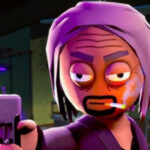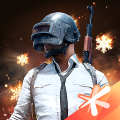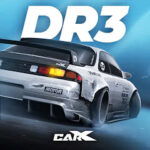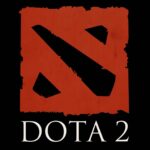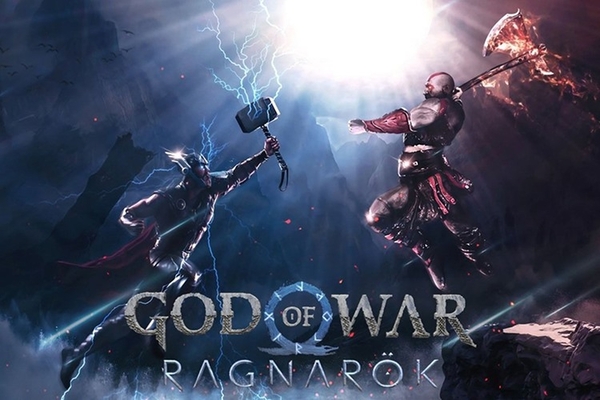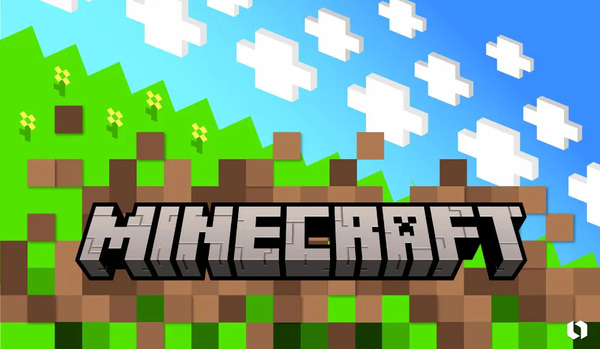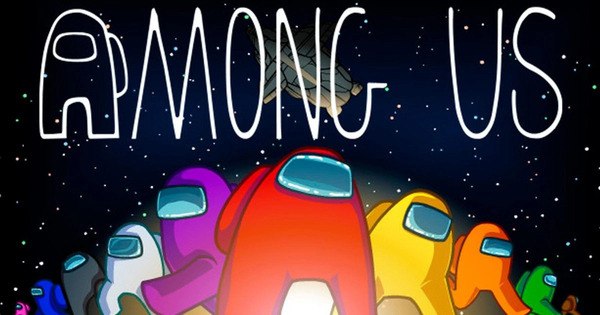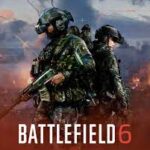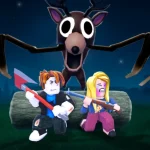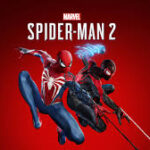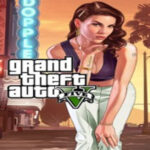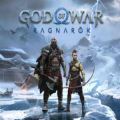
God of War Ragnarök
Popular Now
Introduction
God of War Ragnarök, the highly anticipated sequel to 2018’s God of War, received widespread acclaim for its impressive gameplay, visual fidelity, and gripping narrative. Players once again take control of Kratos, the former Greek god, who now finds himself navigating the complexities of Norse mythology with his son Atreus. The game’s narrative has captivated audiences, especially with its exploration of themes like fatherhood, destiny, and the looming apocalypse. However, despite its overall success, God of War Ragnarök has faced critiques regarding its narrative pacing and the way the story is intertwined with its gameplay mechanics. This article will explore the issue of storytelling in God of War Ragnarök, specifically focusing on the balance between the narrative's depth and the player’s freedom in gameplay. Does the game succeed in maintaining a rich, engaging story without hindering the player’s agency?
The Story of Kratos and Atreus: A Complex Relationship
A Father-Son Dynamic at the Heart of the Story
At the core of God of War Ragnarök is the emotional relationship between Kratos and his son, Atreus. This bond provides much of the game's emotional weight, and the father-son dynamic is the central narrative driver. However, one of the criticisms of God of War Ragnarök revolves around how the narrative builds on this relationship. While it is compelling, the game sometimes struggles to allow the player to explore it organically. Instead, important emotional beats feel more dictated by the story rather than earned by player choice or interaction.
Atreus' Role and Its Narrative Constraints
Atreus, now a young adult, plays a crucial role in the game, not only in terms of story progression but also in gameplay. As Kratos' son, Atreus has grown into a character with his own motivations, conflicts, and perspectives on the events unfolding. However, there are moments in the game where Atreus' character development feels somewhat secondary to Kratos' narrative arc. While the game does a great job of showcasing Atreus’ growth and his independence, there are instances when his character feels more like a supporting piece to Kratos’ journey rather than a fully developed individual in his own right.
The Balance of Player Agency and Narrative Progression
Story-Driven Missions vs. Free Exploration
One of the most notable features of God of War Ragnarök is its combination of linear story-driven missions and expansive, free exploration. Players are given the freedom to explore different realms and partake in side quests, but the main narrative journey is still somewhat linear. This raises a critical issue: while players are allowed freedom, the narrative frequently "forces" them into specific story beats. These points can sometimes clash with the player’s desire to explore at their own pace, with certain side content or explorations feeling like distractions rather than fulfilling story arcs.

The Imposed Time Constraints of Ragnarok
Ragnarök, the end of the world as foretold in Norse mythology, looms over the story and creates an underlying tension throughout the game. While this impending doom is a crucial narrative point, it also creates an odd tension between the game’s expansive world and the ticking clock of the apocalypse. The game often reminds the player of the urgency of the situation, but at the same time, it provides a vast world to explore at leisure. This dissonance leads to a feeling that the player is not fully able to control the pacing of the narrative – either the story wants to rush forward, or the player is encouraged to slow down and engage with side content, resulting in a push-pull between urgency and freedom.
Narrative Pacing: The Highs and Lows
The Early Game: A Slow Burn
The first few hours of God of War Ragnarök are notably slower than some players may have anticipated. The game begins with a relatively drawn-out sequence of events that introduces players to new characters, realms, and gameplay mechanics. While this setup is important for establishing the world and characters, it can feel slow and even repetitive at times. The pacing here contrasts with the urgency that the story often suggests.
Mid-Game Momentum: Peaks and Valleys
As the game progresses, the narrative picks up steam, and the stakes rise dramatically. However, the pacing still fluctuates. There are moments of intense action, but also long stretches of exploration and dialogue-heavy interactions. The result is that the player might feel momentarily disconnected from the story. While this is somewhat natural in an open-world game, in a story as tightly woven as that of God of War Ragnarök, it can cause some dissonance between player expectations and the unfolding of the story.
The Role of Mythology and Worldbuilding in the Narrative
Norse Mythology: Depth vs. Accessibility
One of the standout features of the God of War series has been its integration of mythology into its storytelling. God of War Ragnarök continues this tradition, weaving Norse mythological elements into the narrative in a way that is both accessible to newcomers and satisfying for longtime fans. However, the game sometimes sacrifices the complexity of Norse mythology in favor of providing a more streamlined narrative. For example, some characters and events from Norse mythology are simplified or altered to fit the narrative structure of the game, which can be disappointing for mythology enthusiasts who were expecting a more faithful representation.
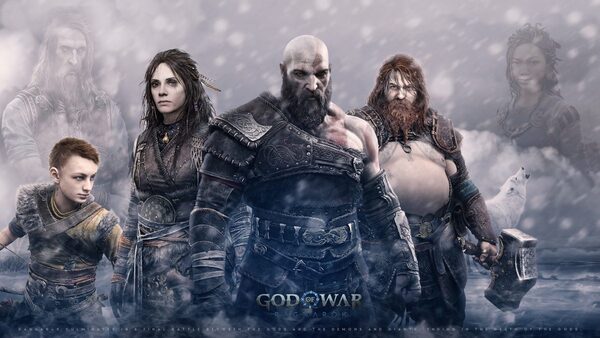
The Expansive Realms: Rich Worldbuilding
The game introduces players to several new realms, each with its own unique culture, environment, and challenges. These realms are not only important from a gameplay perspective, providing new areas for exploration and conflict, but they also deepen the game’s worldbuilding. However, this expansion comes with a narrative challenge. With so many locations to visit, the story sometimes feels less cohesive, as if certain realms and characters are introduced only for gameplay variety rather than meaningful story development. While each realm offers beautiful vistas and interesting side quests, their impact on the narrative is often shallow.
The Villains of God of War Ragnarök: Motivation and Depth
The Character of Odin: A Complex Antagonist
Odin, the All-Father, serves as one of the game’s central antagonists. He is a complex character, driven by his desire to control fate and avoid the end of the world. His role in the story is built around a clear motive: the preservation of his power at any cost. However, there are moments when Odin’s actions feel somewhat predictable. His ultimate desire for control drives much of the story, but at times, his motivations seem less nuanced than they could be. This lack of subtlety contrasts with the multifaceted characters that Kratos and Atreus encounter, making Odin’s character feel more like a plot device than a fully realized villain.
The Conflict with the Aesir Gods
In contrast to Odin’s domineering presence, the conflict with the other Aesir gods provides a more interesting and dynamic narrative. Characters like Thor and Freya are given a surprising amount of depth, with personal motivations and struggles that complicate their relationship with Kratos and Atreus. The game does an excellent job of portraying these gods not as mere villains but as characters with their own tragic arcs, which adds an emotional weight to the conflict.
The Story’s Emotional Impact: Is It Earned?
Moments of Catharsis
God of War Ragnarök does an impressive job of delivering moments of emotional payoff. The game’s exploration of Kratos’ internal struggles, as well as Atreus’ desire for independence, culminate in several powerful scenes. These moments of catharsis, particularly between Kratos and Atreus, resonate deeply with players. However, the emotional impact can sometimes feel forced. The pacing and the game's constant reminder of the apocalypse can make it difficult to fully immerse in these moments, as players are often reminded that the stakes are higher than the characters’ personal struggles.
The Role of Player Choice in Emotional Weight
Another issue with the emotional impact of the story is the limited scope of player choice. While players can make choices that impact side quests and smaller interactions, the main narrative is largely linear. This means that the emotional stakes of the story are predefined, with little room for players to truly shape the outcome. In games where player choice impacts the narrative, the emotional payoff feels more personalized. In God of War Ragnarök, while the story is undoubtedly compelling, the lack of meaningful choices can detract from the overall emotional investment.
The Future of Narrative in the God of War Series
Evolving Storytelling in Future Installments
As God of War Ragnarök concludes the Norse saga, there is much to consider for the future of the series. The game's success has proven that story-driven games can thrive in an open-world environment, but it also highlights some of the challenges that lie ahead for the franchise. If God of War continues in a similar vein, it will need to find a better balance between player agency and narrative progression. The integration of deeper, more personalized choices could go a long way in making the series feel more dynamic.
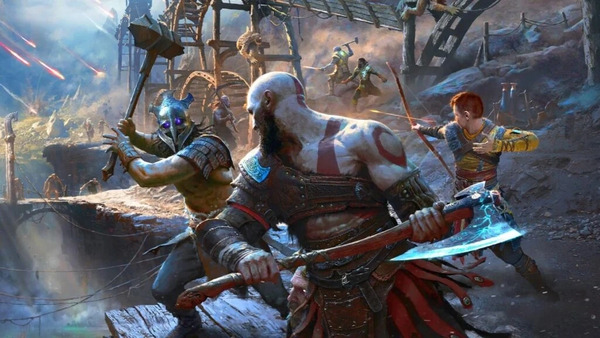
Conclusion: A Masterpiece with Room for Growth
In conclusion, God of War Ragnarök excels in many ways, particularly with its emotional depth, character development, and stunning worldbuilding. However, the game’s narrative structure occasionally falters due to pacing issues and a lack of player agency. The relationship between Kratos and Atreus, while emotionally resonant, sometimes feels dictated by the story rather than shaped by player interaction. As the God of War series moves forward, there is an opportunity to refine its storytelling techniques by offering players more control over the narrative and ensuring that pacing and character development are seamlessly integrated with the gameplay experience.
Summary (130 characters): God of War Ragnarök delivers emotional depth but struggles with pacing and player agency. The game’s narrative needs refinement for future installments.

